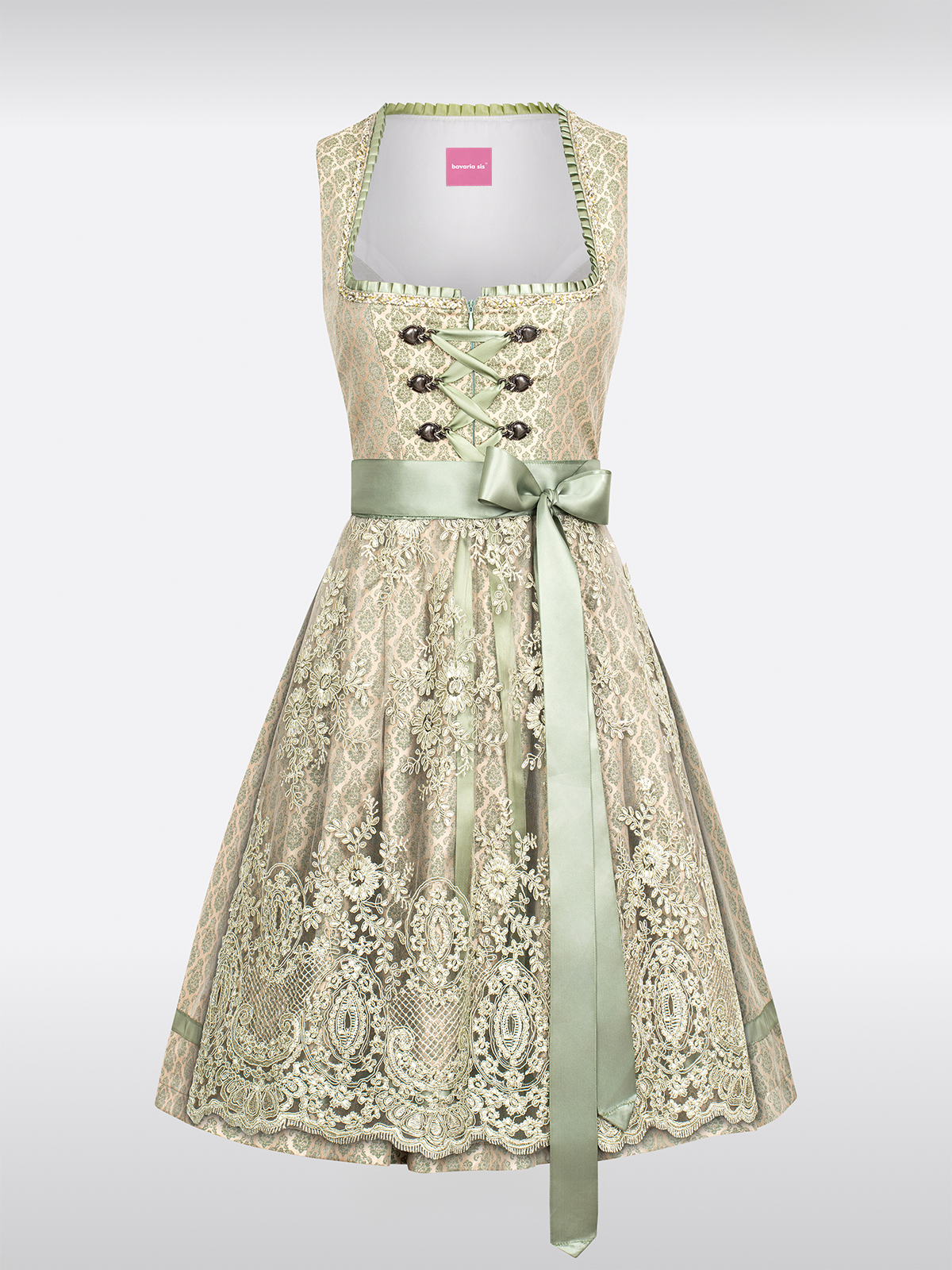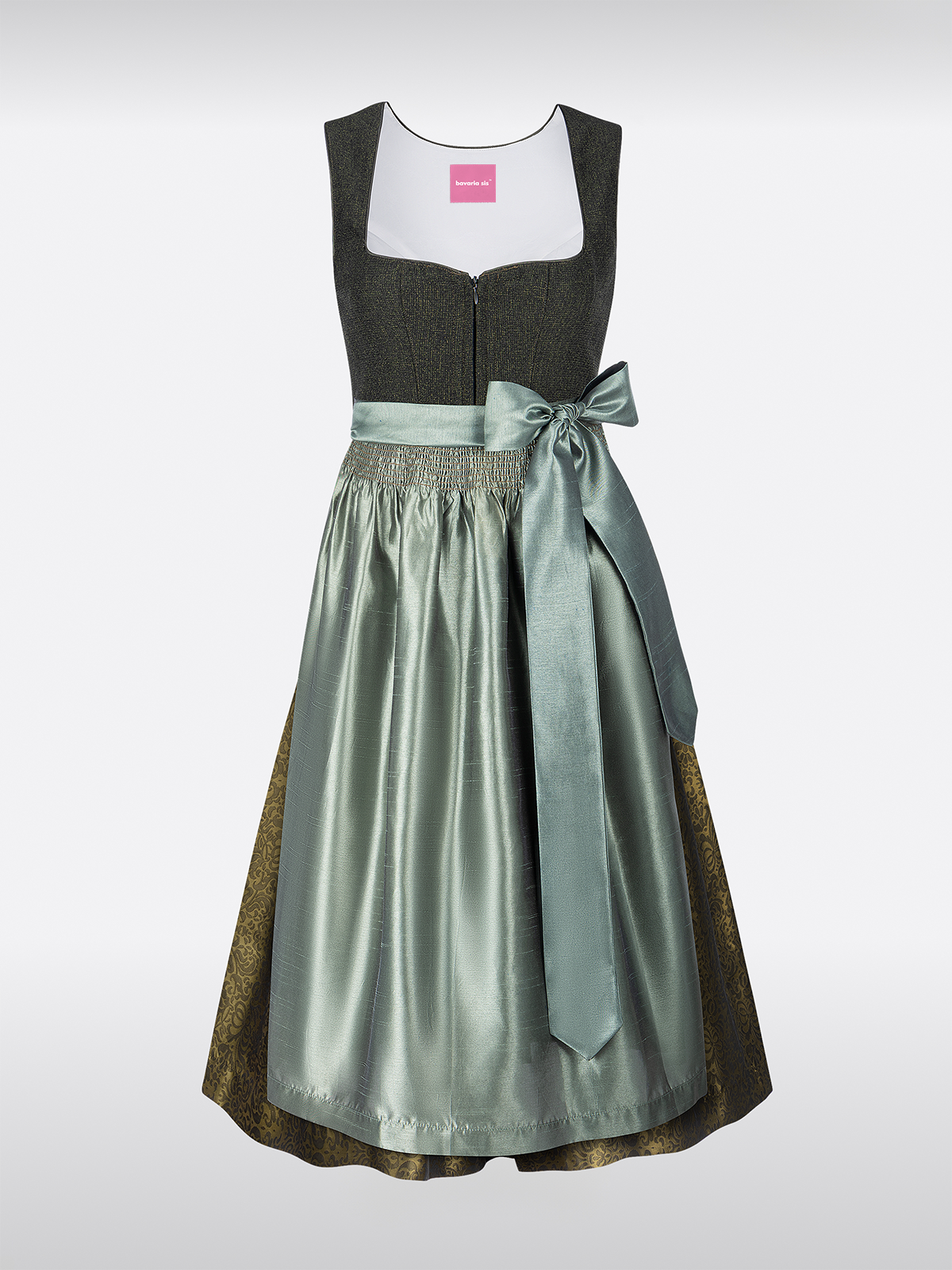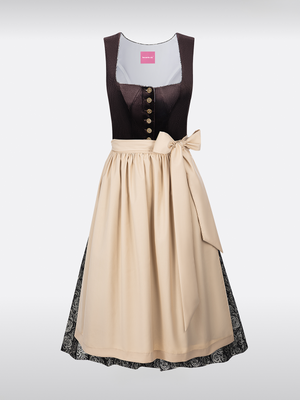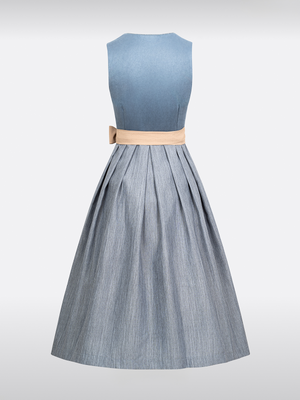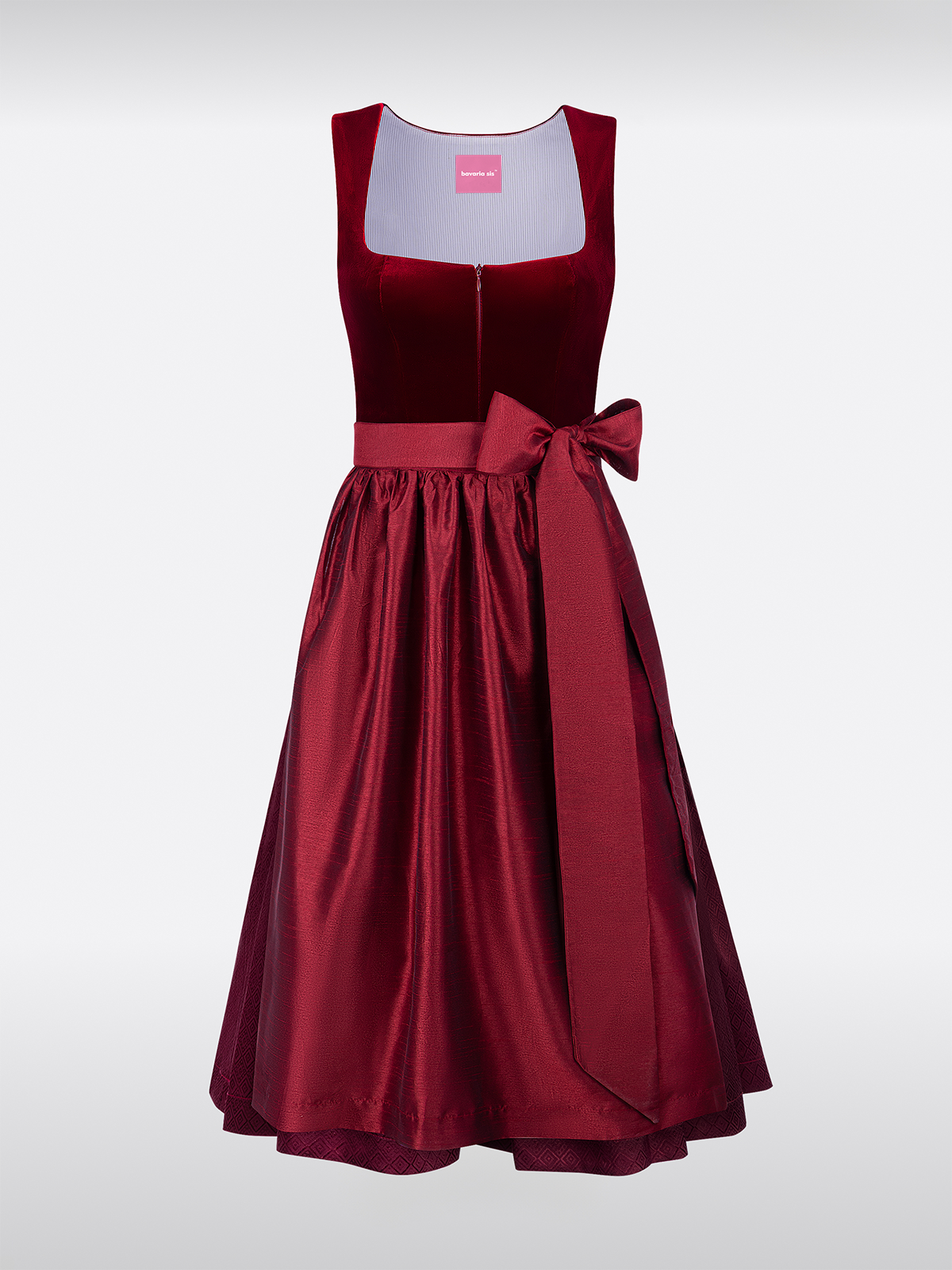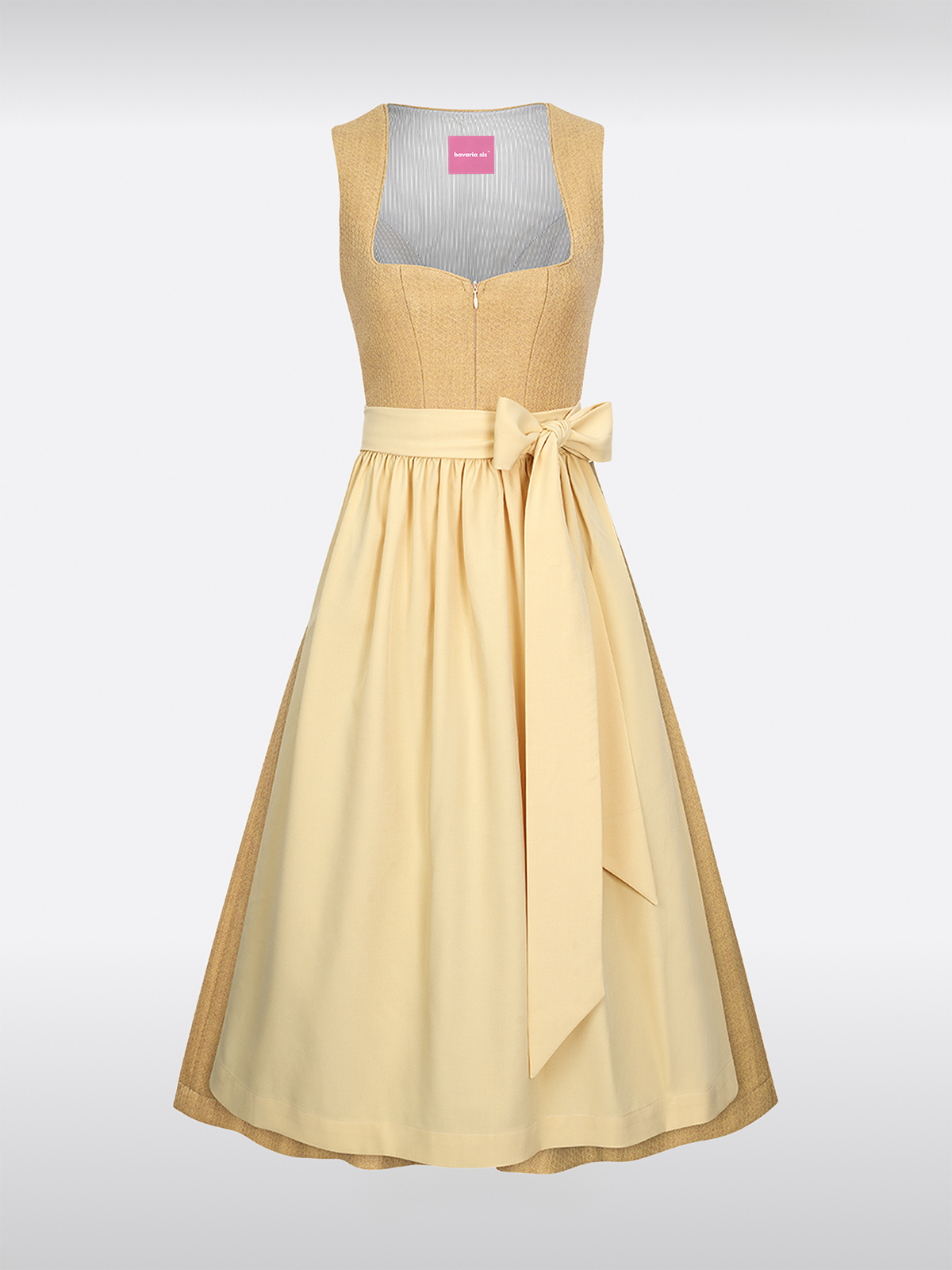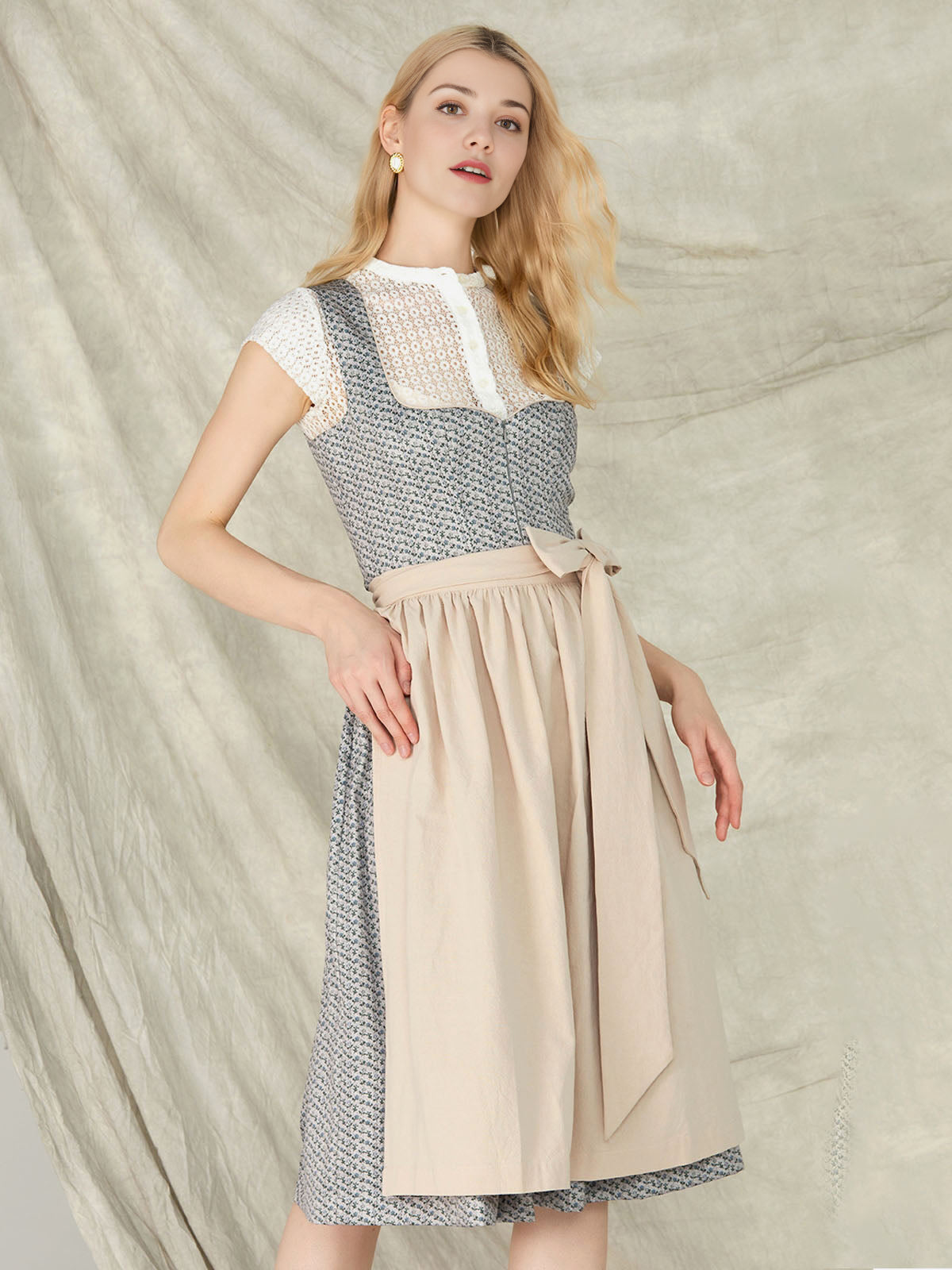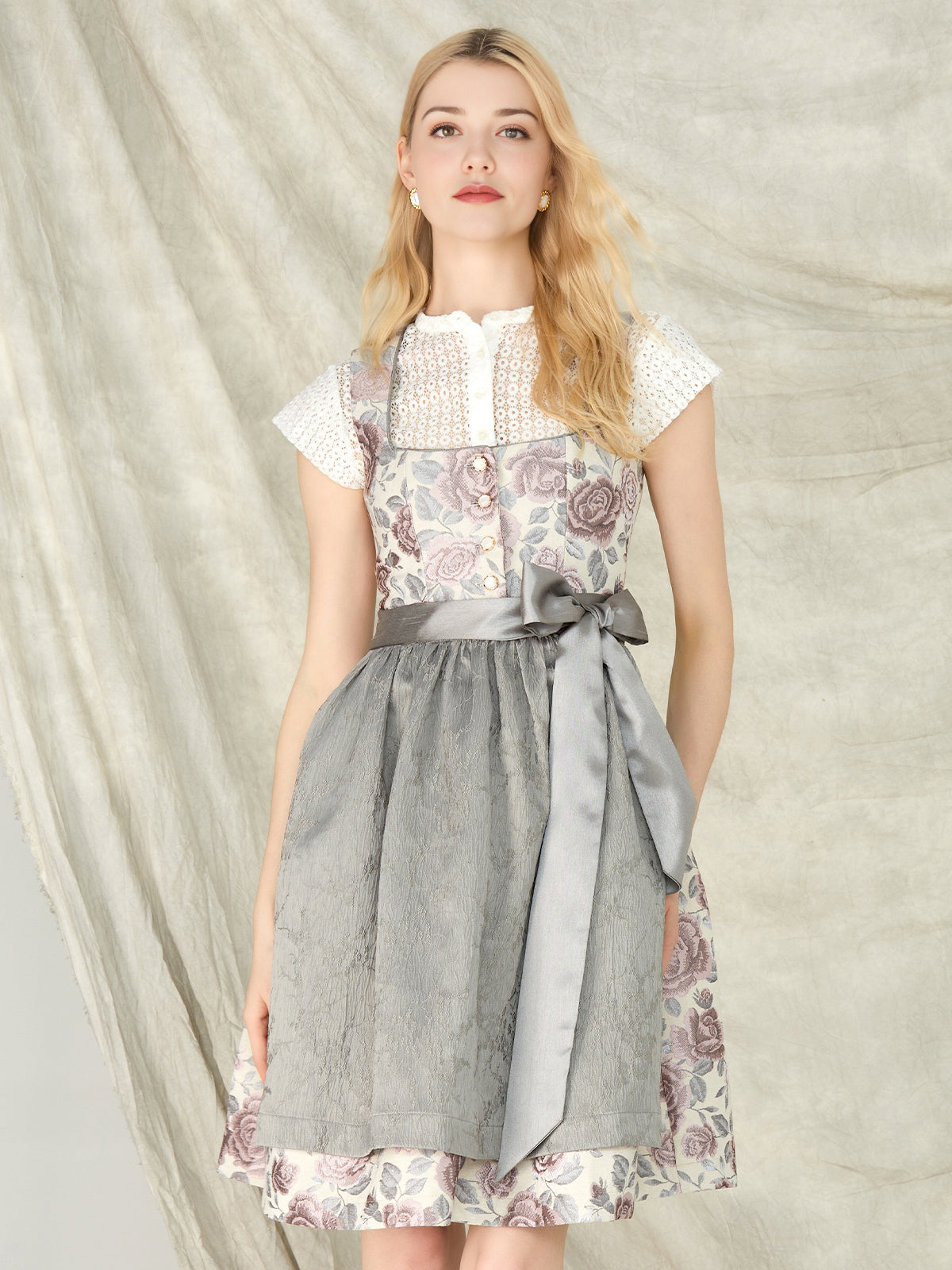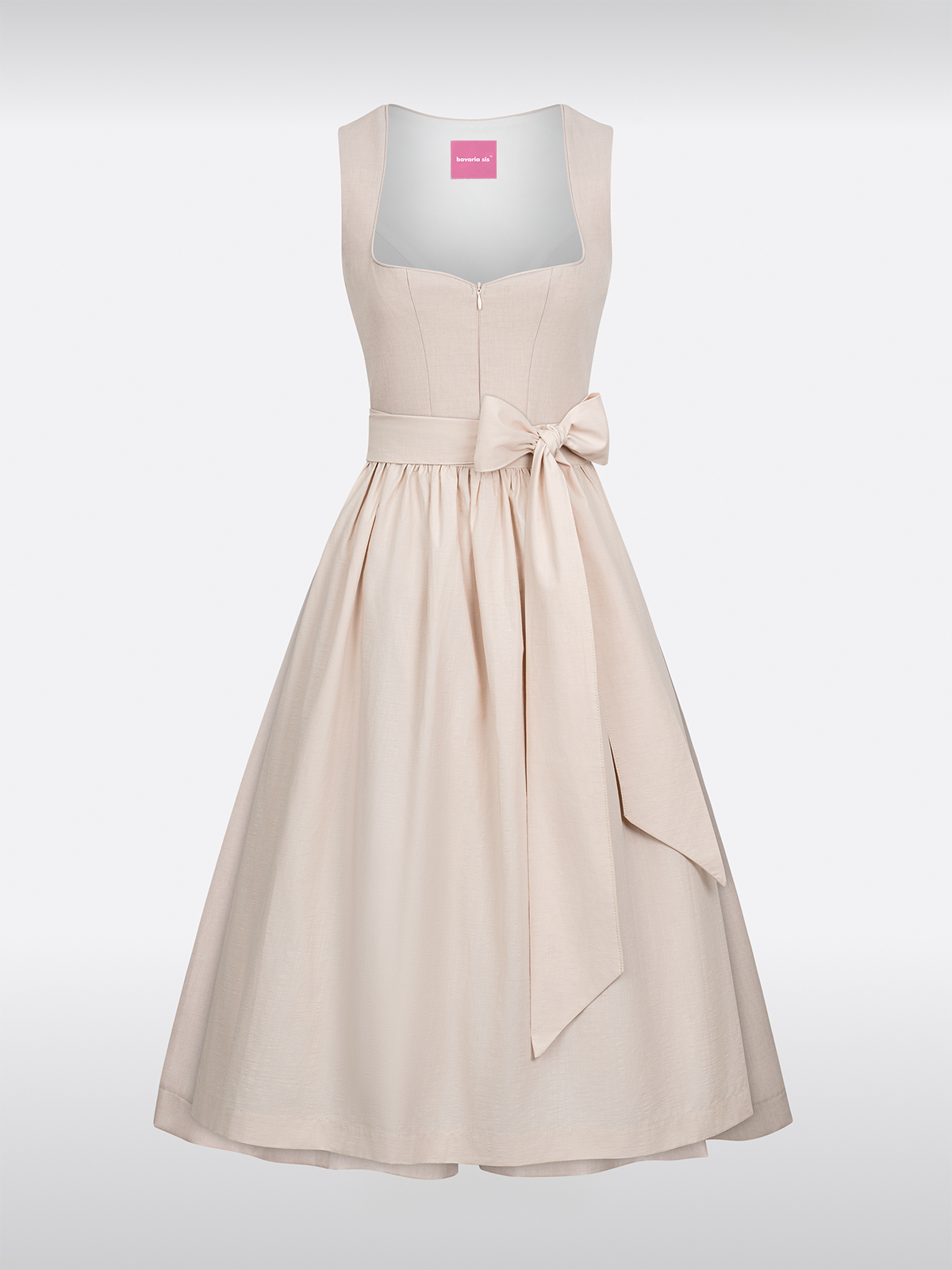The origin of the Dirndl
The dirndl has a long and rich history. Originally, it was a work garment worn by farmers in the Alpine regions. It was practical, robust, and perfectly suited for everyday use. Over time, however, the dirndl has evolved into a symbol of Austrian and Bavarian culture. Today, it is not only worn at folk festivals like Oktoberfest or Carnival, but has also found its way into the world of high fashion.
Design Trends 2025
In 2025, the designer lines of dirndls are even sharper and more modern than ever before. The patterns are cut tighter around the waist to optimally emphasize the female curves. This results in a very feminine silhouette that is both elegant and youthful.
dirndl 2025 green Variations particularly benefit from this tight cut, as the green beautifully emphasizes the skin color and creates a very lively and fresh look.
In addition to the tight fit, there are also innovative details. For example, many dirndls feature asymmetrical cuts that add a modern twist to the traditional design. The sleeves of long-sleeved dirndl blouses are also being reinterpreted. Some models feature romantic flounces or delicate lace embellishments that further refine the look.
Innovations in fabrics
In addition to design innovations, the choice of fabrics also plays a major role in the appeal of dirndls in 2025. In addition to classic cotton and linen fabrics, more and more innovative materials are being used. For example, there are dirndls made from recycled materials that are not only environmentally friendly but also very light and comfortable to wear.
Both
olive green dirndls A fabric with a vintage look is often used. This fabric gives the dirndl a nostalgic touch and fits perfectly with modern designs. The texture of the fabric is fine and soft, which contributes to the dirndl feeling pleasant against the skin.
Differences to the traditional dirndl
The traditional dirndl was primarily functional. It was rather simple and had few decorations. In contrast, the 2025 dirndl is a perfect blend of tradition and modernity. The modern versions feature a much higher level of craftsmanship and use higher-quality materials.
The cut, as already mentioned, is tighter and more modern, which emphasizes the body contours. The color palette has also expanded. While the traditional dirndl was mostly in natural colors like brown or white, today we find a variety of colors, including, of course, the green dirndl 2025 and the olive green dirndl.
How to integrate the modern dirndl into everyday life
There are many options for young women who would like to incorporate the modern dirndl into their everyday lives. A green dirndl from 2025, for example, can be combined with a denim jacket. This creates a cool and urban look that's perfect for a stroll through the city or a visit to a café.
With one you can have a more elegant Wear an olive-green dirndl made of fine fabric. Pair it with a high-quality handbag and elegant shoes. A matching necklace or earrings can further refine the look.
The
Dirndl blouses long sleeves They're perfect as a blouse under a suit or jacket. They can be paired with a fitted skirt or trousers to create a professional yet stylish look.
The sensory experience of wearing a dirndl
When you wear a dirndl, you immediately feel the difference from other garments. The tight fit around the waist provides a feeling of support and security, while the wide skirts offer a very flexible and airy feel. The fabric feels soft and comfortable against the skin, contributing to a very pleasant wearing experience.
In the urban street scene, a green dirndl 2025 is a welcome change. It attracts attention and gives one a feeling of uniqueness. Even in a olive green dirndl ensures that you cannot blend in unnoticed.

